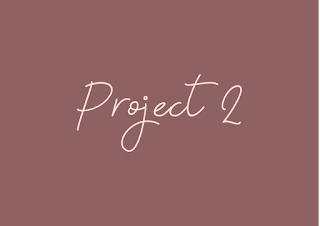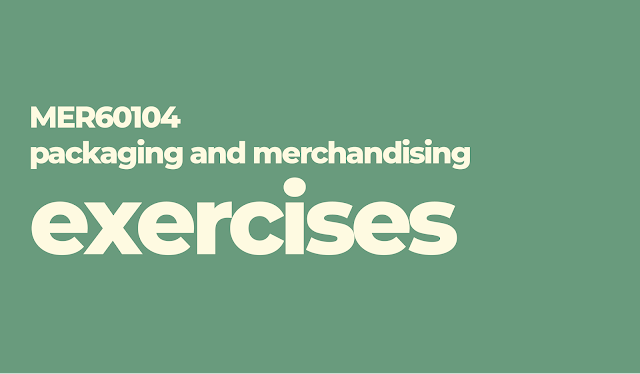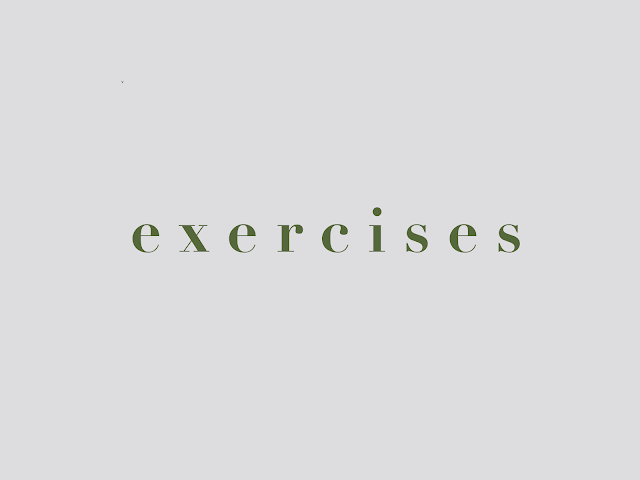PUBLISHING 2 : Mass Communication | Project 2
Wynne Pankusya
0333258
Project 2 : Layout and Mock up
LECTURE NOTES
Lecture 3 : The Grid
For me, we can design without grids but we need to understand the rules of grids then we can break the rules to experiment more creative possibility. The grid is used by Typographers, Graphic Designers, Photographers, Exhibition Designer for solving visual problems in two or three-dimensions.By arranging the surface and spaces in the form of a grid the designer is favorably placed to arrange his texts, photographs and diagrams in a coherent and functional manner.
This creates a sense of compact planning, intelligibility and clarity and suggests orderliness in design. Information that is presented in clear and logically set out titles, subtitles, texts, illustrations and captions will not only be read more quickly and easily but the information will also be better understood and retained in the memory. This is a scientifically proved fact and the designer should bear it constantly in mind. Our responsibility as designers are towards those who are going to experience and use/interact with our works.
A well executed design, is one that works subtlety in the back ground and allows the work – on the pages – to do the talking; clearly, logically, with elegance or beauty.
INSTRUCTION
PROJECT 2
References
Based on the previous exercises that I made, I started to create the book by writing the introduction and the first chapter. Firstly I searched for references that I wanted to use.
 |
| Fig First references |
 |
| Fig First references |
At first it was too clean just like the red therefore I chose the references that Mr.Vinod said was interesting and matches my visuals. And also I had changes on my typeface to fit the overall look.
 |
| Fig 1.1 Second references |
 |
| Fig 1.2 Second references |
First attempt
For the grid of the book, I'm using the similar grid as Van de Graaf Canon Margin as I thought It would match the book.
For the grid of the book, I'm using the similar grid as Van de Graaf Canon Margin as I thought It would match the book.
 |
| Fig 1.4 Margin and Grid |
 |
| Fig 1.5 First chosen typeface |
Second attempt
Since the first layout and typeset doesn't match with the content of the book, Mr.Vinod suggested to change and find more references on layout that would match the book.
Since the first layout and typeset doesn't match with the content of the book, Mr.Vinod suggested to change and find more references on layout that would match the book.
 |
| Fig 1.6 Final chosen typeface |
Third attempt
Mock Up
We are required to print the mock up to see whether it looks divine when printed since we always look at the book from the screen.
Mock Up PDF
Mock Up Printed
We are required to print the mock up to see whether it looks divine when printed since we always look at the book from the screen.
Mock Up PDF
Mock Up Printed
 |
| Fig 2.1 Front Cover |
 |
| Fig 2.2 Back Cover |
 |
| Fig 2.3 Error on the bleed |
 |
| Fig 2.4 Point size a little too big for the book. This is why it's important to print the mock-up first before printing the actual book |
 |
| Fig 2.5 Middle pages |
Submission
I added pink colour to contrast the black and white in my book. The point size is also smaller than the mock up version.
Final Printed Book
 |
| Fig 3.1 Front Cover, the binding is saddle-stitch which uses thread to bind |
 |
| Fig 3.2 Back Cover |
Final Thumbnails
 |
| Fig 3.14 Spreads 1 |
 |
| Fig 3.15 Spreads 2 |
 |
| Fig 3.16 Spreads 3 |
Final PDF
FEEDBACK
Week 5
General Feedback : Try to experimental with the layout to make it more interesting
Week 6
Specific Feedback : The visual is nice and good to go. The layout for the book is too clean and doesn't match with the concept of my visuals even though it looks decent. Try to find something more messy that matches the visuals
Week 7
Specific Feedback : You need to include you 3000 words (Word File) embedded in the exercise post, You also need to include the type specimen sheet that you did for Project 1 in Exercise as well. Project 2 on-going updates have not been updated. The overall look on the layout is quite good, just need some tweaks on the text as some of them are not balance with the grid. Point size and leading for body text need to be more consistent. Make the black and white background of the book more balanced. Also careful with the bleed when printing. Need to add 1 colour to the book
Week 8
Specific Feedback : Put page number and the title shouldn't be just the word 'are' that is visible. Add a visual on the back cover so the cover wont be too empty. Try to give a hint of 'b' so the word 'bare' would be more visible. Point size for E Book is good but need to make the leading bigger and avoid the ragging. The GIF is interesting and can be placed to the E Book
Week 9
Specific Feedback : The mock up is already good but the point size seems to be too big for the book. It's either you can reduce it by 1 point or increase the leading to make it smaller. The e-book is fine and the animation is suitable with the concept of the book.
REFLECTION
Experience
At first I had a lot of problems regarding to layout and how to utilise grids. And also I was a bit lost when creating the book at the first time starting from choosing the suitable typeface. And not only to consider those things, I had to consider on how it will be when printed. However, when I know what kind of layout that I wanted to do it became more easier creating the rest of the pages.
Observation
By looking at references, you will learn about how to create good design. After Mr.Vinod asked me to see references on layout that suits my concept and creating the book became more easier as I have something to look at to. It also creates more new ideas while.
Findings
I found that creating a book digitally needs a lot of considerations, trial and error, and need to make sure the point sizes are correct. Even when choosing the colour, we need to know that we have to use CMYK based. It's difficult on the progress but when it's printed I'm very satisfied.
BOOK OF THE WEEK
 |
| Fig 4.1 Grids |
Title: Grids
Author: Ambrose/Harris
Publisher: AVA Publishing SA
Publication Year: 2008
Location of publisher: Switzerland
Summary
This book intended to introduce the basic principle of grid usage in graphic design as practised by contemporary designers. Many of these fundamentals date back centuries to when book first started to be mass repoduced. However, these methods have been refined, improved ,and complemented throughout the ages.
Learned
The composition of a design is constructed of type and image elements, which essentially form shapes on a page. The grid has strong links to certain artistic movements such as cubism, constructivism, and other branches of modernism that gives preferences to a strict use of structure.
Text and image elements can be treated as shapes in order to produce a coherent and effective design. Designers can draw the viewer’s attention in a similar way to a painter composing elements on a canvas. The different shapes capture the eye and form a series of relationship that adds the message of the design or painting.








Comments
Post a Comment